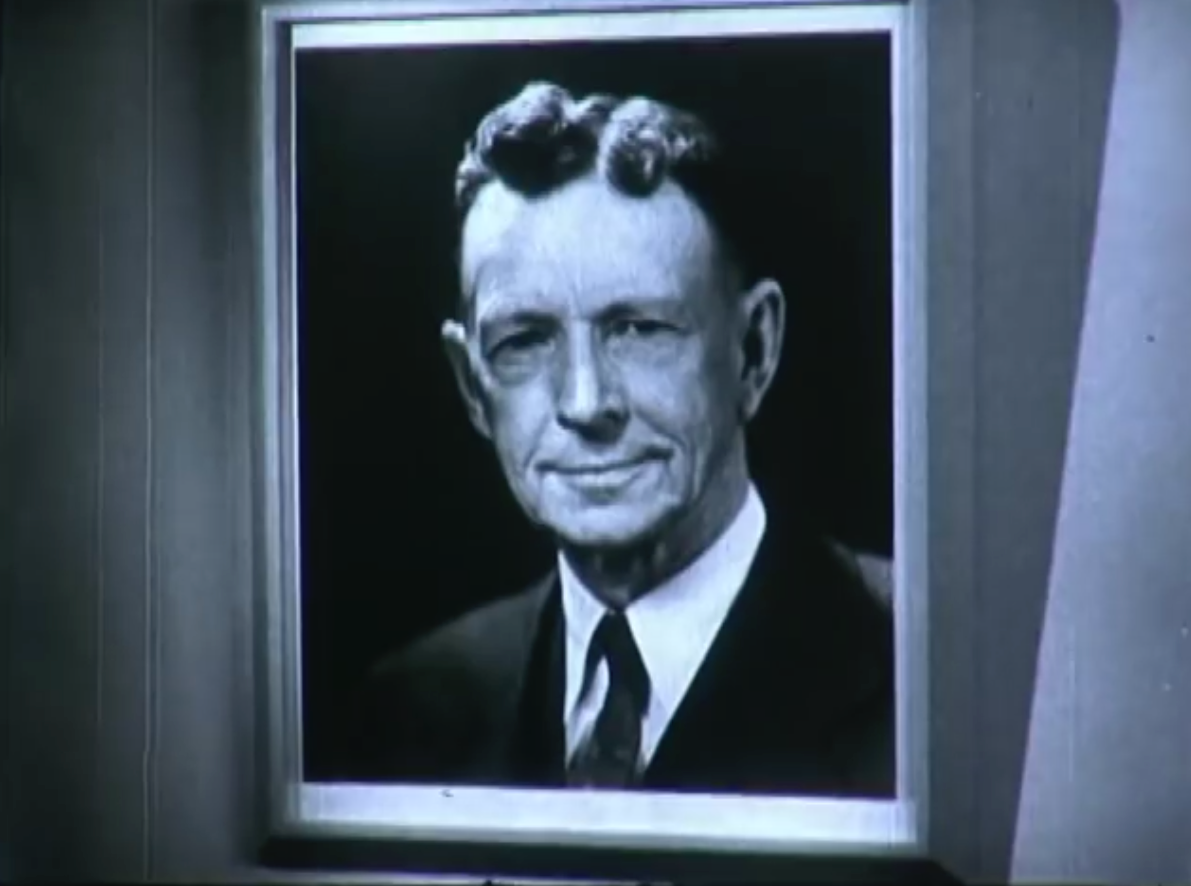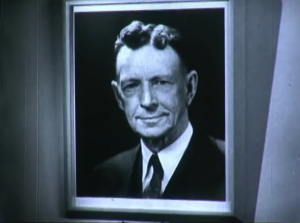
[ed: I’m giving a general SAXS talk at BESSY, the Berlin synchrotron on Friday the 11th at 10:00 local time. Contact me or Andreas Thünemann at BAM for more information]
Whenever I think of General Electric, I imagine a stereotypical American company: a top-heavy organization, forcing its employees to learn and recite GE’s mission statement, run by armies of beancounters and administrators who are trying their best to increase value for the shareholders while running everything else into the ground. This, of course, in stark contrast to the academic world typified by: a top-heavy organization, encouraging its undervalued employees to slave away for the dream of doing something of worth in the little time they have left besides doing administrative tasks, while the army of beancounters and administrators are trying their best to satisfy the research assessment committees and running everything else into the ground. Anyway, I digress…
GE has released some films from their early days of bright bulbs working in their research laboratories, some of which are very relevant to X-ray sciences. These videos are very interesting for a variety of reasons…

The videos I am particularly fond of are the ones featuring Dr. Coolidge (Figure 1), who started out working on a way to make ductile tungsten filaments. The first time we see him in action is in 1931, where he explains how a cathode ray tube works as an electron gun (apparently after being fed up by ductile tungsten). The video is shown below (direct link):
There are two remarkable things about this. The first is the clarity of explanation in the video; he is obviously a very adept speaker able to make complex concepts simpler for a general audience. He has excellent pronunciation (necessitated by bad microphones?), and makes a good connection to the audience (in stark contrast with the terrible performance of Maj. Gen. O.P. Echols 1.22 minutes into this GE video).
In a way, Dr. Coolidge is one of the first science communicators making “YouTube”-style explanatory videos, a predecessor, if you will, of Brady Haran‘s excellent Sixty Symbols and Numberphile series (to highlight but a few). The second remarkable thing therefore follows from that line of thought: given that YouTube would not be around for another 75 years or so, who was the intended audience and what was the imagined method of distribution for these films?
The first television broadcasts didn’t start until 1939, so it would appear these films were made either for cinematographic release or internal release. The audience must therefore have been miniscule, but the effort put into the videos appears disproportionate. Perhaps he just liked explaining about these topics. One year after the 1931 video he went on to become director of the laboratories (becoming VP of GE in 1940).
A second, and more important video for us, is one he made in 1941 (another argument that he liked making these films). The video below is a shortened version of the full video, focusing on the production of X-rays (direct link):
The full-length film “exploring with X-rays” from which this was cut is available here (part 1) and here (part 2). These remarkable videos show little regard for X-ray safety, which was understandable as they only “became” dangerous later on (although some evidence of lead shielding is visible). They show fluoroscopes — about the most carcinogenic of the X-ray devices — applied to children, women’s feet, knee joints, tires and citrus fruits. The films furthermore show good examples of crystallography.
While remarkable and educational by themselves, a later video report from GE (undated, but by my estimate from between 1950 and 1960) also shows a more general, incredibly supportive attitude towards both applied and fundamental science. Skip forward to 5:40 in this video to see what I am talking about:
This has beautiful gems, such as: “one must realize […] that the truly great discoveries of science — the fundamental breakthroughs — have most often resulted from scientific research that had no specific or practical goal. The scientist who is left free to pursue the truths of nature, no matter where his research may lead, and who is free to fail, time and time again, without criticism, may in the end come to a finding. This finding may become valuable immediately, eventually, or not at all.”
The movie ends with the wonderful quote: “whether he serves his government, or a university, or an industrial company, the scientist eventually serves the people”. Different times, indeed!

Leave a Reply